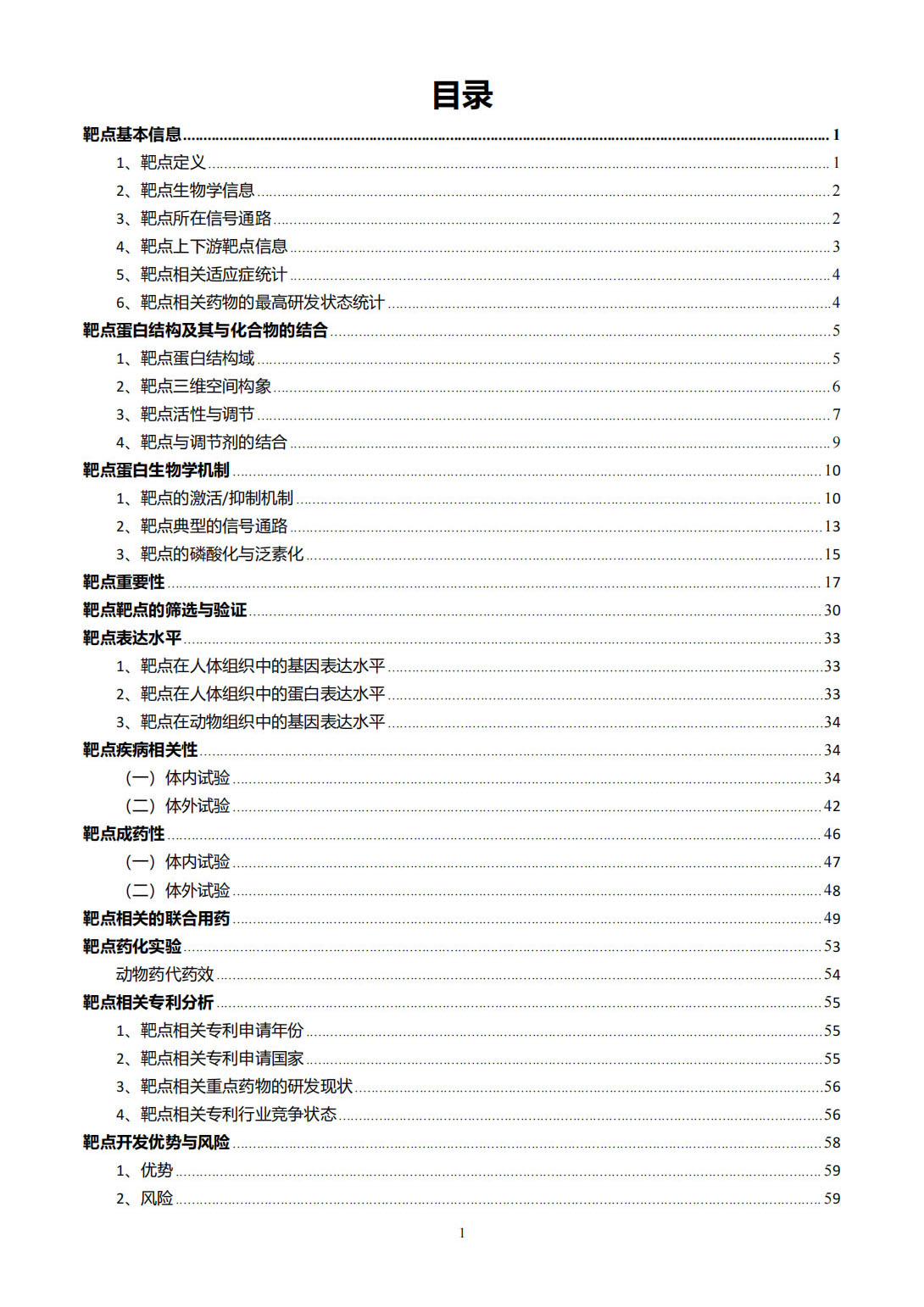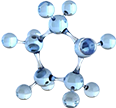IFNA1 Target Analysis Report Summary


About the Target
Based on the provided context information, several key viewpoints can be extracted regarding the role of interferon (IFN) in the immune response to viral infections:
Flaviviruses, including the hepatitis C virus (HCV), employ different viral proteins such as NS2A, NS2B-NS3, NS4B, and NS5 to modulate the IFN signaling pathways and inhibit the activation of the IFN-I pathway [1].
Type I interferon (IFN) is crucial in the cellular immune response against viral infections. Its production and signaling involve the induction pathways and components such as the gamma interferon activation site (GAS), which leads to a pro-inflammatory response [2].
The classical pathways of type I IFN induction involve the detection of viral RNA by receptors like RIG-I and toll-like receptor 3 (TLR3), leading to the activation of adaptor proteins and the subsequent up-regulation of IFN-stimulated genes (ISGs) [3].
Viral DNA recognition by cGAS, DDX41, or IFI16 in the cytoplasm triggers the activation of STING, TBK1, and IRF, resulting in IFN production. Viral RNA detection by RIG-I and MDA5 also leads to IFN induction. The produced IFNs then bind to receptors, initiating JAK/STAT activation and the expression of ISGs [4].
During SARS-CoV-2 and SARS-CoV infections, these coronaviruses interact with the IFN signaling pathway. Some viral proteins of SARS-CoV-2, like NSP5 and N protein, have been found to block RIG-I activation, inhibiting IFN responses. Additionally, various SARS proteins, including PLpro, N, ORF3b, and ORF6, target IRF3, a key adaptor of the antiviral signaling pathway [5].
These viewpoints highlight the complex interactions between viral infections and the IFN pathway, emphasizing the vital role of IFNs and ISGs in limiting viral replication and the modulation of IFN responses by various viral proteins.
Based on the provided context information, here are some key viewpoints related to IFN (IFN-α1):
Activation of NF-kappaB and IRFs is required for the upregulation of IFN mRNA synthesis [6].
RLRs activate NF-kappaB and IRF3, which then upregulate the transcription of IFN-beta and IFN-lambda1, which are secreted from the cell [6].
IFNAR and IFNLR on adjacent cells bind secreted IFNs, leading to the synthesis of ISGs including IRF7 [6].
IFN-lambda induction can occur in epithelial cells through alternative pathways in the absence of IRF3 activation and IFN-beta production [6].
Influenza virus NS1 and NS2 proteins can interfere with multiple molecules of the IFN pathway, inhibiting IFN synthesis [7].
PEDV proteins, including PLP2, nsp5, N protein, and nsp1, antagonize type I IFN production [8].
IFNa and IFNg signaling through their respective receptors induce JAK/STAT signaling, resulting in the activation of interferon stimulated genes (ISGs) with anti-proliferative, cytotoxic, and immunomodulatory functions [9].
Binding of Type I IFNs to their receptors leads to the phosphorylation of STAT1 and STAT2, forming a trimer with IRF9 to activate transcription of ISGs [9].
Constitutive low levels of IFN-beta "prime" cells for robust IFN production upon sensing "danger" signals such as cytosolic DNA and TLR ligands [10].
10. Increased levels of IRF7 and STAT1 proteins in "primed" cells potentiate an increased production of type I IFNs and the expression of ISGs [10].
These viewpoints provide a comprehensive summary of the key findings related to IFN based on the provided context information.
Figure [1]

Figure [2]

Figure [3]

Figure [4]

Figure [5]

Figure [6]

Figure [7]

Figure [8]

Figure [9]

Figure [10]

Note: If you are interested in the full version of this target analysis report, or if you'd like to learn how our AI-powered BDE-Chem can design therapeutic molecules to interact with the IFNA1 target at a cost 90% lower than traditional approaches, please feel free to contact us at BD@silexon.ai.
More Common Targets
ABCB1 | ABCG2 | ACE2 | AHR | AKT1 | ALK | AR | ATM | BAX | BCL2 | BCL2L1 | BECN1 | BRAF | BRCA1 | CAMP | CASP3 | CASP9 | CCL5 | CCND1 | CD274 | CD4 | CD8A | CDH1 | CDKN1A | CDKN2A | CREB1 | CXCL8 | CXCR4 | DNMT1 | EGF | EGFR | EP300 | ERBB2 | EREG | ESR1 | EZH2 | FN1 | FOXO3 | HDAC9 | HGF | HMGB1 | HSP90AA1 | HSPA4 | HSPA5 | IDO1 | IFNA1 | IGF1 | IGF1R | IL17A | IL6 | INS | JUN | KRAS | MAPK1 | MAPK14 | MAPK3 | MAPK8 | MAPT | MCL1 | MDM2 | MET | MMP9 | MTOR | MYC | NFE2L2 | NLRP3 | NOTCH1 | PARP1 | PCNA | PDCD1 | PLK1 | PRKAA1 | PRKAA2 | PTEN | PTGS2 | PTK2 | RELA | SIRT1 | SLTM | SMAD4 | SOD1 | SQSTM1 | SRC | STAT1 | STAT3 | STAT5A | TAK1 | TERT | TLR4 | TNF | TP53 | TXN | VEGFA | YAP1

